Did you know the right hotel lighting can transform a guest’s experience from mediocre to unforgettable? Hotel lighting isn’t just about brightening up spaces; it’s about creating an ambiance that speaks to your establishment’s comfort, luxury, and elegance. Yet, many hoteliers need to pay more attention to its importance, often leading to challenges such as poorly lit areas, high energy costs, and dissatisfied guests. One major misconception is that more lighting equals better lighting. However, quality trumps quantity when it comes to creating the perfect atmosphere. Poorly designed lighting can make even the most luxurious hotels appear dull and uninviting. Conversely, well-planned lighting enhances the aesthetic appeal, functionality, and overall guest experience, making your hotel stand out in a competitive market.
The significance of hotel lighting extends beyond aesthetics. Effective lighting improves safety, enhances mood, and can even boost productivity. Moreover, energy-efficient lighting solutions contribute to sustainability and cost savings, aligning with the growing demand for eco-friendly hospitality practices. In this article, we’ll cover everything you need to know about hotel lighting. We’ll discuss the different types of lighting, best practices for various hotel areas, the benefits of energy-efficient solutions, and the latest trends in smart lighting. Additionally, we’ll explore case studies of successful hotel lighting transformations to provide real-world insights.
Ready to transform your hotel’s lighting? Let’s delve into this comprehensive guide and discover how to create an illuminating experience that guests will rave about.
Understanding Hotel Lighting
Hotel lighting encompasses all the elements used throughout a hotel, including ambient, task, accent, and decorative lighting. It involves strategic planning to ensure that each hotel area is illuminated effectively to meet functional and aesthetic needs.
Key Components of Effective Hotel Lighting
Effective hotel lighting includes various components such as fixtures, controls, and design principles. Fixtures must be chosen for their style and functionality, while lighting controls allow for the customization of light levels and settings. The design must consider the hotel’s layout, architecture, and guest needs.
How Lighting Influences Ambiance and Mood
Lighting plays a crucial role in setting the mood and ambiance of a hotel. Soft, warm lighting can create a cozy and inviting atmosphere, while bright, cool lighting suits workspaces and meeting areas. The light’s color, temperature, and intensity influence how guests feel and interact with their environment.
The Impact of Hotel Lighting on Guest Experience
Hotel lighting directly affects how guests perceive and enjoy their stay. Warm, welcoming lighting can make guests feel at home, while poorly designed lighting can leave a negative impression. Every lighting decision contributes to the overall experience, from the lobby to the guest rooms.
Understanding the nuances of hotel lighting helps owners make informed decisions that enhance guest satisfaction, improve energy efficiency, and reinforce the hotel’s brand identity. This comprehensive guide covers everything from the basics to advanced lighting solutions, offering crucial insights for any hotel owner.
Types of Hotel Lighting
Ambient Lighting: Setting the Overall Mood
Ambient lighting provides general illumination for a room, setting the overall mood and ensuring visibility. It should be soft and even, avoiding harsh shadows and glare.
To achieve effective ambient lighting, use a mix of ceiling lights, wall sconces, and floor lamps. Consider the color temperature and ensure it complements the hotel’s interior design.
Top hotels often use chandeliers in lobbies, recessed lighting in hallways, and strategically placed lamps in guest rooms to create a warm, inviting ambiance.
Task Lighting: Enhancing Functionality
Task lighting focuses on areas where reading, working, or grooming occur. It should be bright enough to reduce eye strain but soft enough to avoid discomfort.
Key areas include desks, bedside tables, bathroom mirrors, and kitchenettes. Proper task lighting in these areas enhances functionality and guest comfort.
Use adjustable desk lamps for workspaces, and install wall-mounted reading lights by the bed. Ensure bathroom lighting around mirrors is bright and even aids in grooming tasks.
Accent Lighting: Highlighting Key Features
Accent lighting highlights architectural features, artwork, or decorative elements, adding depth and interest to a space.
Spotlights, track lighting, and wall-mounted fixtures can highlight key areas, such as artwork, plants, or unique architectural features.
Many luxury hotels use accent lighting to highlight sculptures, paintings, or unique structural elements, creating a visually engaging environment.
Decorative Lighting: Adding Flair and Personality
Decorative lighting serves functional and aesthetic purposes, contributing to the hotel’s unique style and ambiance.
Choose modern, classic, or eclectic fixtures that align with the hotel’s design theme. Ensure that decorative lights also provide adequate illumination.
While decorative lights add personality, they must also serve practical purposes. Combine chandeliers, pendant lights, and artistic lamps to balance form and function.
Natural Lighting: Maximizing Daylight
Natural lighting connects guests with the outdoors, enhances mood, and reduces energy consumption.
Natural light creates a vibrant and inviting atmosphere, improves mood, and supports a healthy circadian rhythm. It also helps in reducing energy costs by minimizing the need for artificial lighting.
Use large windows, skylights, and strategically placed mirrors to maximize natural light. Sheer curtains can diffuse harsh sunlight, creating a soft, pleasant glow.
Design Principles for Hotel Lighting
- Creating a Welcoming Lobby Atmosphere: The lobby is the first point of contact for guests. Use chandeliers, pendant lights, and accent lighting to create a welcoming and luxurious ambiance.
- Enhancing Guest Rooms with Personalized Lighting: Guest rooms should offer versatile lighting options, including bedside lamps, desk lights, and ambient lighting. Personalized controls allow guests to adjust the lighting to their preferences.
- Perfecting Restaurant and Bar Lighting: Restaurant and bar lighting should create a warm and inviting atmosphere. Use dimmable fixtures to adjust lighting levels based on the time of day and desired ambiance.
- Optimizing Conference and Event Spaces with Lighting: Conference rooms require bright, even lighting for meetings and presentations. Dimmable fixtures and advanced control systems allow for versatile lighting adjustments.
- Spa and Wellness Center Lighting: Creating Tranquility: Spa lighting should promote relaxation and tranquility. Soft, diffused lighting with warm color temperatures creates a calming atmosphere.
Lighting by Hotel Area
The Entrance: First Impressions Matter
The entrance sets the tone for the guest experience. Use chandeliers, pendant lights, and accent lighting to create a grand and welcoming entrance. A chandelier is a focal point, while pendant lights enhance architectural features. Accent lighting, like wall sconces, highlights decorative elements, ensuring guests feel welcomed and safe.
Bedrooms: Comfort and Relaxation
Bedrooms should offer versatile lighting for various activities. Use bedside lamps, overhead fixtures, and task lighting to create a comfortable and relaxing environment. Adjustable bedside lamps allow reading without disturbing others, while overhead fixtures provide general illumination. Task lighting at desks ensures adequate light for work or reading.
Bathrooms: Functionality and Style
Bathroom lighting should provide adequate illumination for grooming while enhancing the overall aesthetic. Use lights around mirrors and diffused lighting for a spa-like atmosphere. Bright, focused lighting around mirrors is essential for tasks like shaving or applying makeup. Diffused lighting softens the ambiance, creating a relaxing environment.
Corridors and Stairs: Safety and Aesthetics
Corridors and stairs require uniform lighting for safety and aesthetics. Use wall-mounted fixtures and recessed lights to provide even illumination. Proper lighting prevents accidents and ensures guests can navigate the hotel easily. Wall-mounted fixtures add decorative elements while providing consistent light levels.
Restaurant and Bar: Dining Ambiance
Restaurant and bar lighting should create a warm and comfortable dining atmosphere. Use dimmable fixtures and accent lighting to enhance food presentations and create a cozy setting. Soft, warm lighting makes the environment inviting, with dimmable fixtures allowing adjustment for different dining experiences.
Konferenciatermek: Professzionális és sokoldalú
A konferenciatermeknek sokoldalú megvilágításra van szükségük a különböző funkciókhoz. Használjon világos, egyenletes megvilágítást a megbeszélésekhez és tompítható lámpatesteket a megbeszélésekhez. A megfelelő megvilágítás biztosítja a termelékenységet és a koncentrációt, míg a tompítható lámpatestek kényelmes környezetet teremtenek a nyugodt megbeszélésekhez vagy prezentációkhoz.
Banketttermek: Elegáns és alkalmazkodó
A banketttermeknek elegáns világítást kell kínálniuk a különböző eseményekhez. Használjon csillárokat és állítható világítási rendszereket a különböző hangulatok megteremtéséhez. A nagy csillárok fókuszpontot jelentenek, míg az állítható rendszerek lehetővé teszik az intenzitás és a szín változtatását az eseménynek megfelelően.
Hotel tornatermek: Motiváló és biztonságos
A szállodai edzőtermekben a biztonság és a motiváció érdekében világos, egyenletes megvilágításra van szükség. Használjon hűvös színhőmérsékletet az energizáló környezet megteremtéséhez. A megfelelő megvilágítás biztosítja a biztonságot, és dinamikus légkört teremt, ösztönözve a vendégeket az aktivitásra.
Gyógyfürdőterületek: A nyugalom és a luxus megteremtése
A wellnessrészlegeknek nyugodt és fényűző környezetet kell biztosítaniuk. Használjon lágy, szórt, meleg színhőmérsékletű világítást, hogy nyugtató légkört teremtsen. A lágy megvilágítás ellazítja az elmét és a testet, míg a szórt fény biztosítja, hogy ne legyenek durva árnyékok vagy vakító fények, nyugodt teret teremtve.
Biztonsági és védelmi világítás
A biztonsági világítás fontossága a szállodákban
A biztonsági világítás biztosítja a vendégek biztonságát és védelmét, megfelelő megvilágítást biztosítva minden területen, beleértve a folyosókat, lépcsőházakat és vészkijáratokat.
Legjobb gyakorlatok a biztonsági világításhoz
Használjon világos, egyenletes megvilágítást a fokozottan veszélyeztetett területeken, például a parkolókban és a bejáratokon. A mozgásérzékelők és az időzített világításvezérlés fokozza a biztonságot és az energiahatékonyságot.
A megfelelően megvilágított utak, vészkijáratok és közös helyiségek csökkentik a balesetek kockázatát és növelik a vendégek biztonságát.
Ilyen például a mozgásérzékelős világítás a parkolóhelyeken, a megvilágított vészkijáratok és a jól megvilágított lépcsőházak.
Kültéri és tájképi világítás szállodák számára
A járdaszegély vonzerejének növelése külső világítással
A külső világítás kiemeli a szálloda építészetét és tájképét, így teremtve hívogató bejáratot. Használjon felfelé világító lámpákat, lefelé világító lámpákat és akcentusvilágítást a járdaszegélyek vonzerejének fokozására.
Kerti és útvilágítási technikák
Kombinálja a különböző világítási technikákat a mélység és az érdekesség megteremtése érdekében. Világítsa meg a fákat és az építészeti elemeket, világítsa meg az utakat, és használjon fényfüzéreket a hangulat érdekében.
Használjon LED-es lámpatesteket és napenergiával működő lámpákat az energiafogyasztás és a karbantartási költségek csökkentése érdekében. Az intelligens vezérlés optimalizálja a világítási ütemterveket, biztosítva a hatékony energiafelhasználást.
Tanúsítványok és minőségi követelmények a szállodai világítással kapcsolatban
- CE: A CE-jelölés az európai biztonsági, egészségügyi és környezetvédelmi szabványoknak való megfelelést jelzi.
- VDE: A VDE-jelölés azt jelzi, hogy a termék megfelel a szigorú biztonsági és minőségi előírásoknak, így a szállodatulajdonosok és a vendégek nyugodtak lehetnek.
- UL: Az UL-jelölés azt jelzi, hogy a terméket tesztelték és tanúsították a biztonság és a különböző környezetekben való alkalmasság szempontjából.
- ETL: Az ETL-jelölés az észak-amerikai biztonsági szabványoknak való megfelelést jelzi, biztosítva a biztonságos és hatékony működést.
- ADA: Az ADA-jelzés a hozzáférhetőségi szabványoknak való megfelelést jelzi, biztosítva, hogy a világítótestek a fogyatékkal élők számára is használhatóak legyenek.
- SAA: Az SAA jel az ausztrál és új-zélandi biztonsági előírásoknak való megfelelést jelzi.
- CCC: A CCC-jelölés a kínai biztonsági előírásoknak való megfelelést jelzi, és biztosítja a kínai piacra való alkalmasságot.
Gyakori hibák a szállodai világításban és hogyan kerüljük el őket
A világítástervezés fontosságának figyelmen kívül hagyása
A megfelelő világítás kialakítása a funkcionalitás és az esztétika szempontjából egyaránt kulcsfontosságú. A tervezés során fordítson figyelmet erre a szempontra, hogy minden terület megfelelően megvilágított legyen, ami növeli a biztonságot és a hangulatot.
Az energiahatékonyság figyelmen kívül hagyása
Az energiahatékony világítás csökkenti a költségeket és a környezetterhelést. Az energiafelhasználás optimalizálása érdekében alkalmazzon LED-es és intelligens világítási megoldásokat, amelyek előnyösek az Ön eredményeihez és támogatják a fenntarthatósági célokat.
A LED-es világítás hosszú élettartamot, energiahatékonyságot és sokoldalúságot kínál. A kezdeti beruházás azonban magasabb lehet, mint a hagyományos világítási lehetőségek.
A LED-ek jelentősen csökkentik az energiafogyasztást és a karbantartási költségeket, ami hosszú távú megtakarításokat eredményez. Az energiahatékony világítás bevezetése idővel jelentős költségcsökkentést eredményezhet.
Az intelligens megoldások integrálásának elmulasztása
Az intelligens világítás kényelmet, rugalmasságot és energiamegtakarítást kínál. Kerülje el, hogy kimaradjon ezekből az előnyökből, ha intelligens megoldásokat integrál a világítási tervébe, fokozza a vendégélményt és javítja az üzemeltetés hatékonyságát.
Az intelligens világítás olyan automatizált rendszereket foglal magában, amelyek a világítást a foglaltság, a napszak és a természetes fényszintek alapján vezérlik. Fokozott kényelmet, energiahatékonyságot és testreszabhatóságot kínál.
Az intelligens világítási rendszerek integrálhatók a szállodaüzemeltetési szoftverrel, ami lehetővé teszi a központosított vezérlést és automatizálást. Ez az integráció optimalizálja az energiafelhasználást és javítja a vendégélményt.
Az intelligens világítási rendszerek rugalmasságot biztosítanak, javítják az energiahatékonyságot, és személyre szabott beállításokat kínálnak a vendégek számára. Az automatizált vezérlések mindenkor optimális fényviszonyokat biztosítanak.
A technológiák közé tartoznak a mozgásérzékelők, a foglaltságérzékelők és a vezeték nélküli vezérlőrendszerek. Ezek az innovációk lehetővé teszik a világítás dinamikus beállítását és növelik az általános hatékonyságot.
Jövőbeli trendek a szállodai világításban
- Innovációk a világítástechnikában: Az intelligens világítás, az energiahatékony megoldások és a fejlett vezérlőrendszerek terén bevezetett innovációk nagyobb rugalmasságot és jobb energiahatékonyságot biztosítanak. A modern technológia lehetővé teszi a távvezérlést, az automatikus beállításokat és az egyéb intelligens rendszerekkel való integrációt, optimalizálva az energiafelhasználást és a vendégek kényelmét.
- Az emberközpontú világítás felemelkedése: A természetes cirkadián ritmushoz igazodó, emberközpontú világítás fokozza a jólétet és a termelékenységet. A színhőmérsékletet és az intenzitást a napszaknak megfelelően állítja be, így támogatja a szervezet belső óráját, javítja az alvás minőségét, a hangulatot és az általános egészségi állapotot.
- Fenntartható és környezetbarát világítási trendek: A fenntartható világítási megoldások, beleértve a LED-eket és a napenergiával működő lámpatesteket, csökkentik az energiafogyasztást és a környezeti hatásokat. Az olyan energiahatékony lehetőségek, mint a LED-es világítás és a napenergia, támogatják az ökológiai célokat, és vonzóak a környezettudatos vendégek számára, javítva a szálloda hírnevét.
GYIK
K: Milyen előnyökkel jár a LED-es világítás használata a szállodákban?
V: A LED-es világítás számos szállodai előnyt kínál, többek között energiahatékonyságot, hosszú élettartamot és csökkentett karbantartási költségeket. A LED-ek sokoldalú tervezési lehetőségeket is kínálnak, és könnyen integrálhatók az intelligens világítási rendszerekbe, ami növeli a szállodai terek funkcionalitását és esztétikáját.
K: Hogyan befolyásolja a szálloda világítása a vendégélményt?
V: A szállodai világítás jelentősen befolyásolja a vendégélményt a hangulat és az atmoszféra megteremtésével. A megfelelő megvilágítás barátságos légkört teremthet, javíthatja a kényelmet és fokozhatja a szálloda általános esztétikai vonzerejét, így a vendégek otthonosabban érzik magukat, és növelheti elégedettségüket.
Q: What types of lighting are essential for hotel rooms?
A: Essential lighting for hotel rooms includes ambient lighting for general illumination, task lighting for activities like reading and working, and accent lighting to highlight décor and architectural features. Combining these lighting types creates a comfortable and functional environment for guests.
Q: How can hotels enhance energy efficiency through lighting?
A: Hotels can enhance energy efficiency by using LED lighting, implementing smart lighting systems that adjust based on occupancy and natural light levels, and incorporating energy-efficient fixtures. These strategies help reduce energy consumption and lower operational costs.
Q: What is the role of smart lighting in modern hotels?
A: Smart lighting in modern hotels offers automated control over lighting settings, allowing for personalized guest experiences and optimized energy use. Features like motion sensors, occupancy detection, and wireless connectivity enable dynamic adjustments, enhancing convenience and efficiency.
Q: How should hotel lobbies be lit to create a welcoming atmosphere?
A: Hotel lobbies should be lit using a combination of chandeliers, pendant lights, and accent lighting to create a warm and inviting atmosphere. The lighting should highlight architectural features and provide sufficient illumination for guests to navigate the space comfortably.
Q: Why is natural lighting important in hotels?
A: Natural lighting is important in hotels because it enhances the ambiance, improves mood, and connects guests with the outdoor environment. Large windows, skylights, and mirrors can maximize natural light, creating a sense of spaciousness and reducing the need for artificial lighting.
Q: What are the best practices for safety lighting in hotels?
A: Best practices for safety lighting in hotels include ensuring bright and even illumination in high-risk areas like parking lots and entrances, using motion sensors for added security, and maintaining well-lit pathways, stairwells, and emergency exits to reduce the risk of accidents.
Q: How can hotels balance functionality and aesthetics in decorative lighting?
A: Hotels can balance functionality and aesthetics in decorative lighting by choosing fixtures that complement the interior design while providing adequate illumination. Combining chandeliers, pendant lights, and artistic lamps can enhance the hotel’s unique style and ensure practical lighting.
Q: What are some future trends in hotel lighting?
A: Future trends in hotel lighting include innovations in smart lighting technology, the rise of human-centric lighting that aligns with natural circadian rhythms, and sustainable lighting solutions that reduce energy consumption and environmental impact. These trends aim to enhance guest experiences and support sustainability goals.
Következtetés
Hotel lighting is a critical aspect of creating memorable and comfortable guest experiences. Effective lighting design involves understanding different types of lighting, integrating smart solutions, prioritizing energy efficiency, and ensuring safety and functionality across all hotel areas.
Investing in well-designed, energy-efficient, smart lighting solutions enhances the guest experience, reinforces brand identity, and contributes to operational efficiency. By following best practices and staying informed about industry trends, hotel owners can create exceptional lighting environments that set their establishments apart.
Unitop, Kína egyik vezető gyártója a LED szalagfények és LED Neon Flex, is dedicated to providing top-quality products and expert guidance. With a wealth of experience and a strong reputation in the LED industry, Unitop stands out for its innovation and commitment to customer satisfaction. If you have any questions or specific requirements, please kapcsolatfelvétel immediately. Our team is ready to assist you in finding the perfect LED lighting solution for your needs.

Tom jelenleg az értékesítési vezetője a Unitop (Kína) Co., Limited. Ő volt a LED világítás 2005 óta az iparágban. Szakértője az értékesítésnek és marketingnek, valamint a gyárirányításnak. Szereti a testépítést, és őrült Apple rajongó! Keményen dolgozik, szeret tanulni és új dolgokat kipróbálni.
E-mail: tom@unitopledstrip.com WhatsApp: +86-18680307140

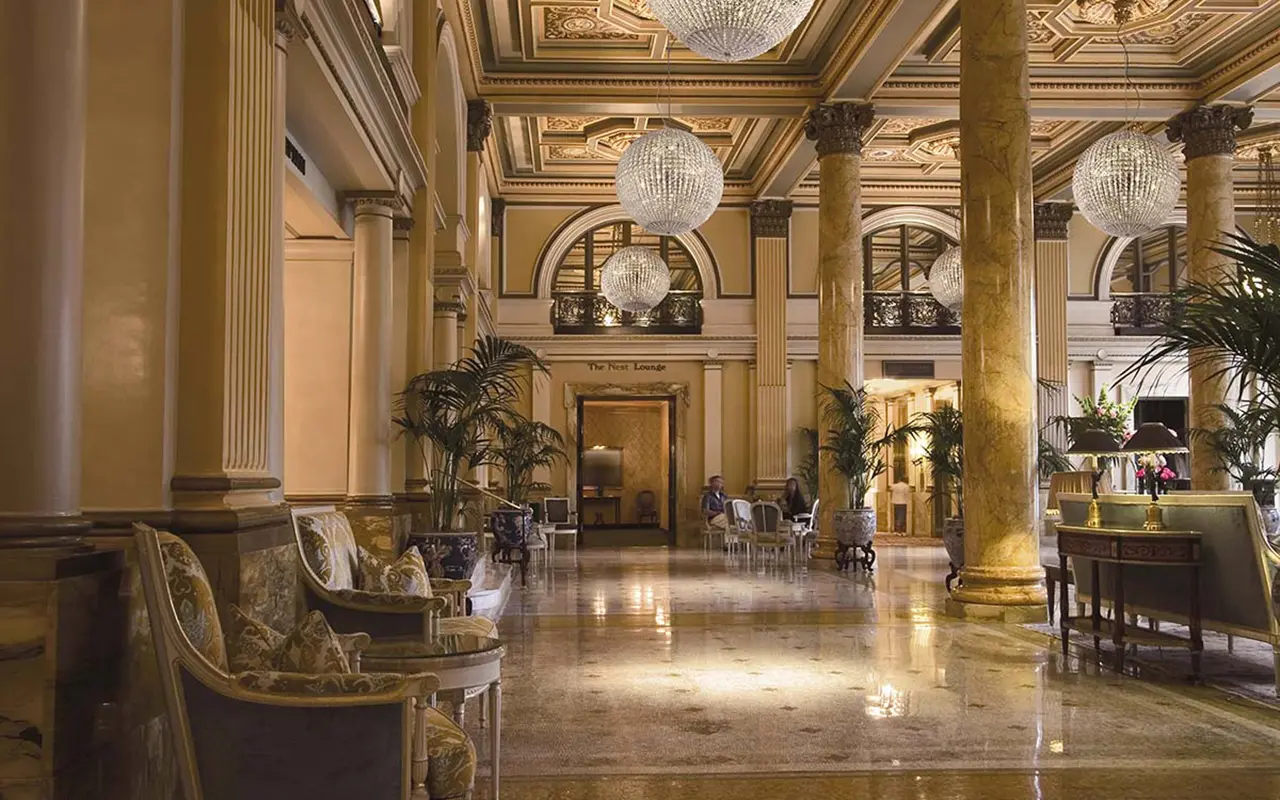
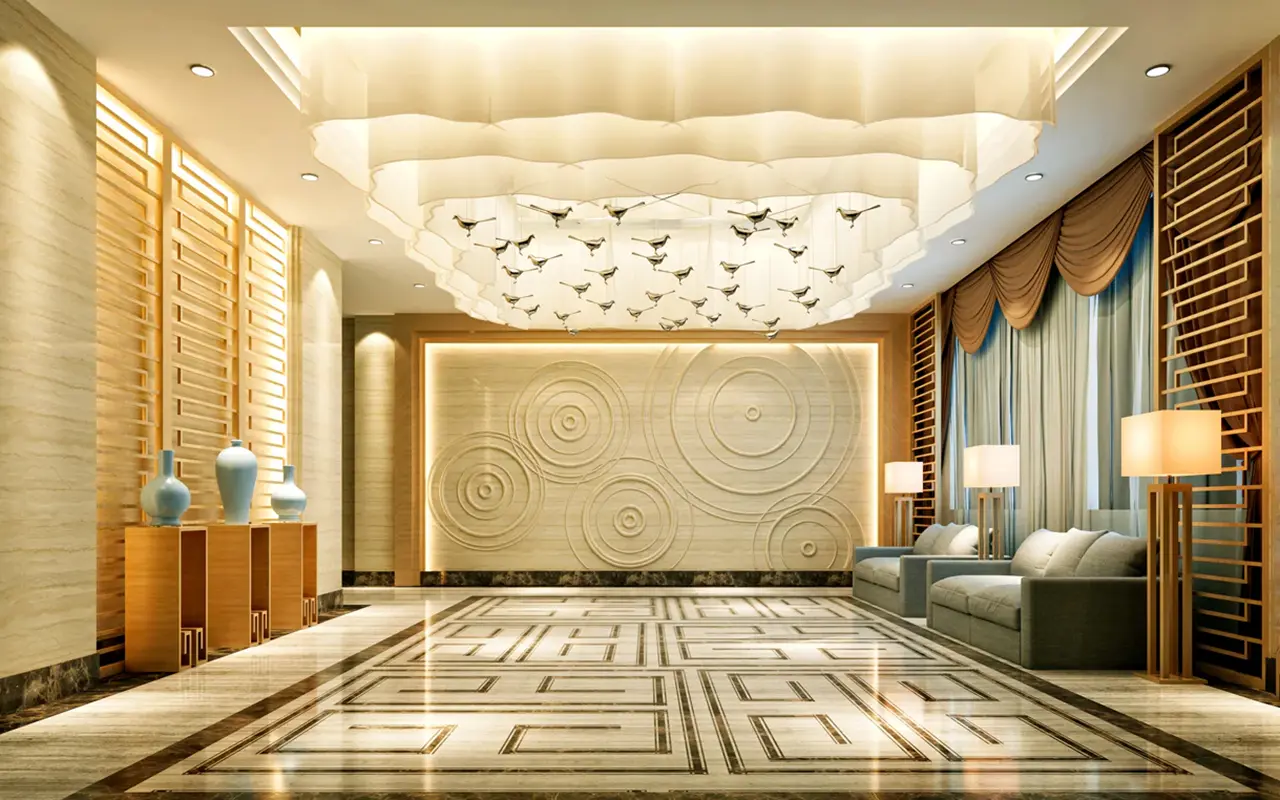
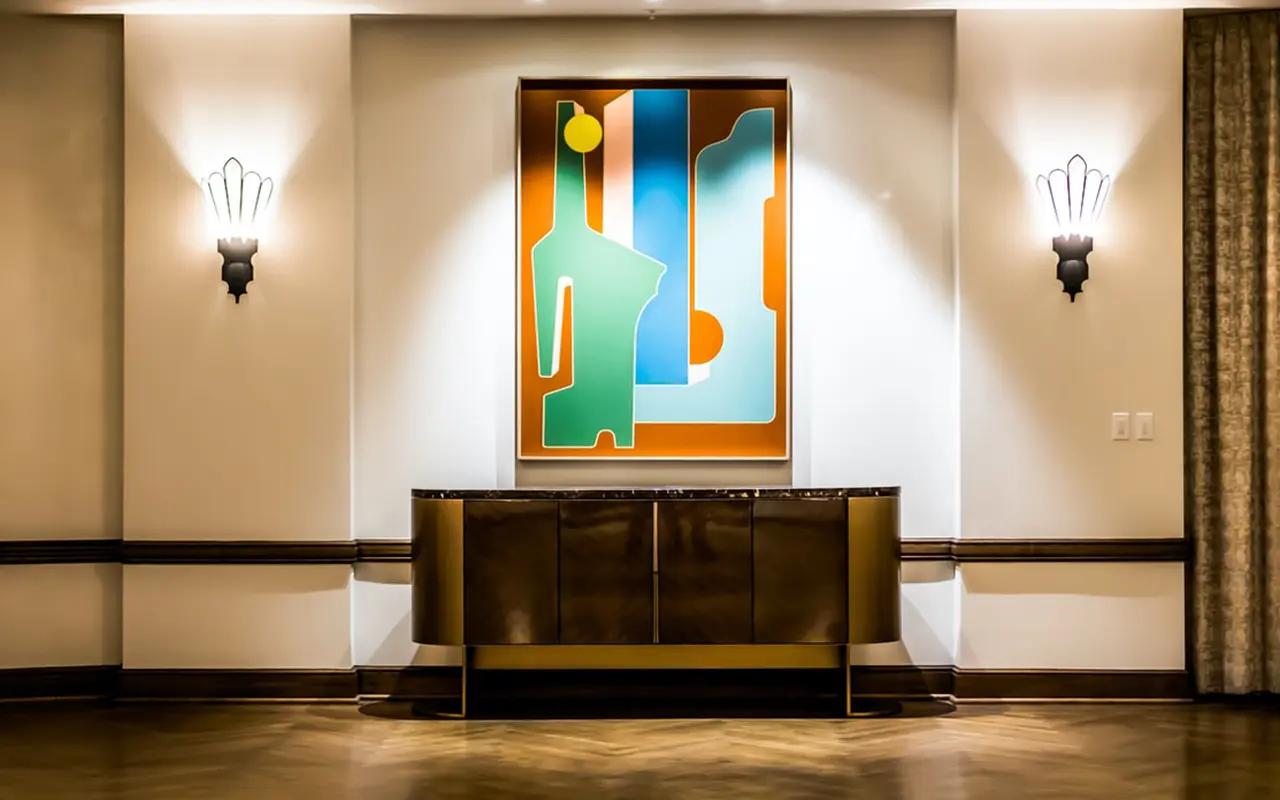
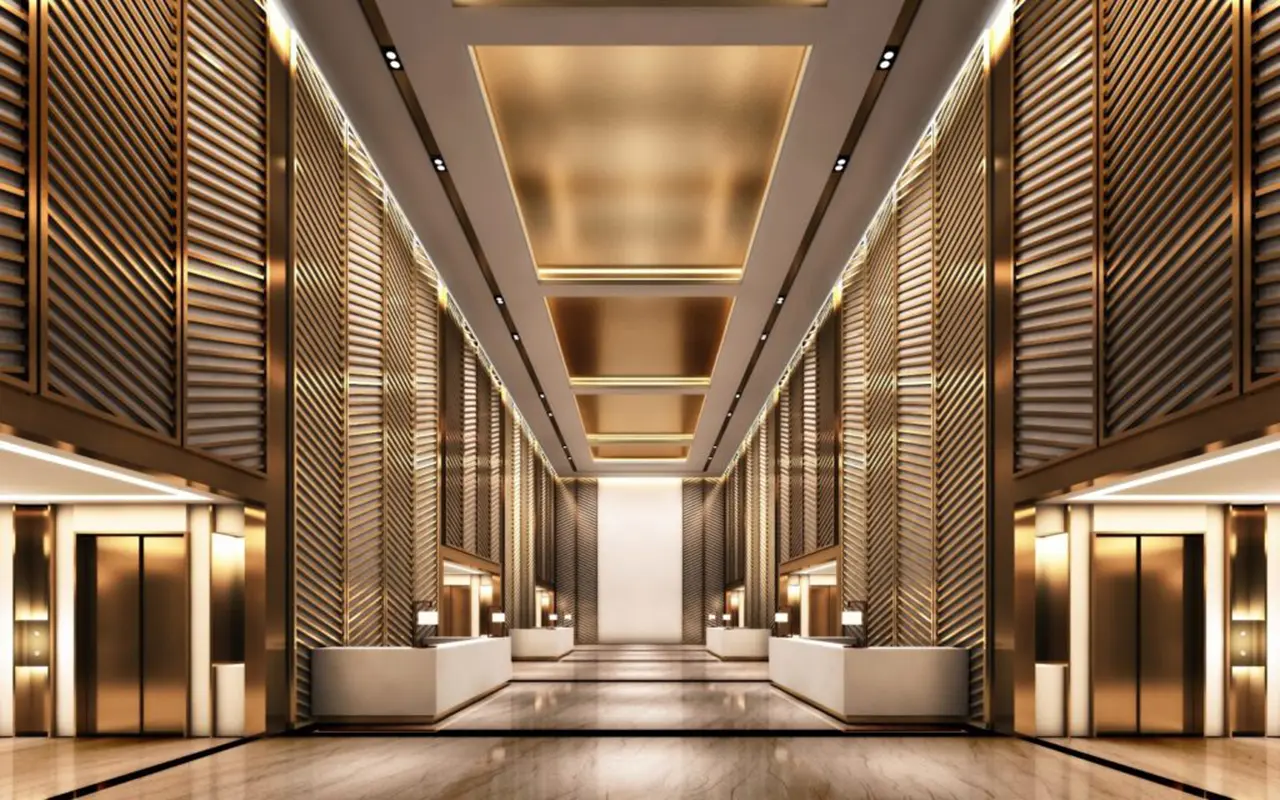
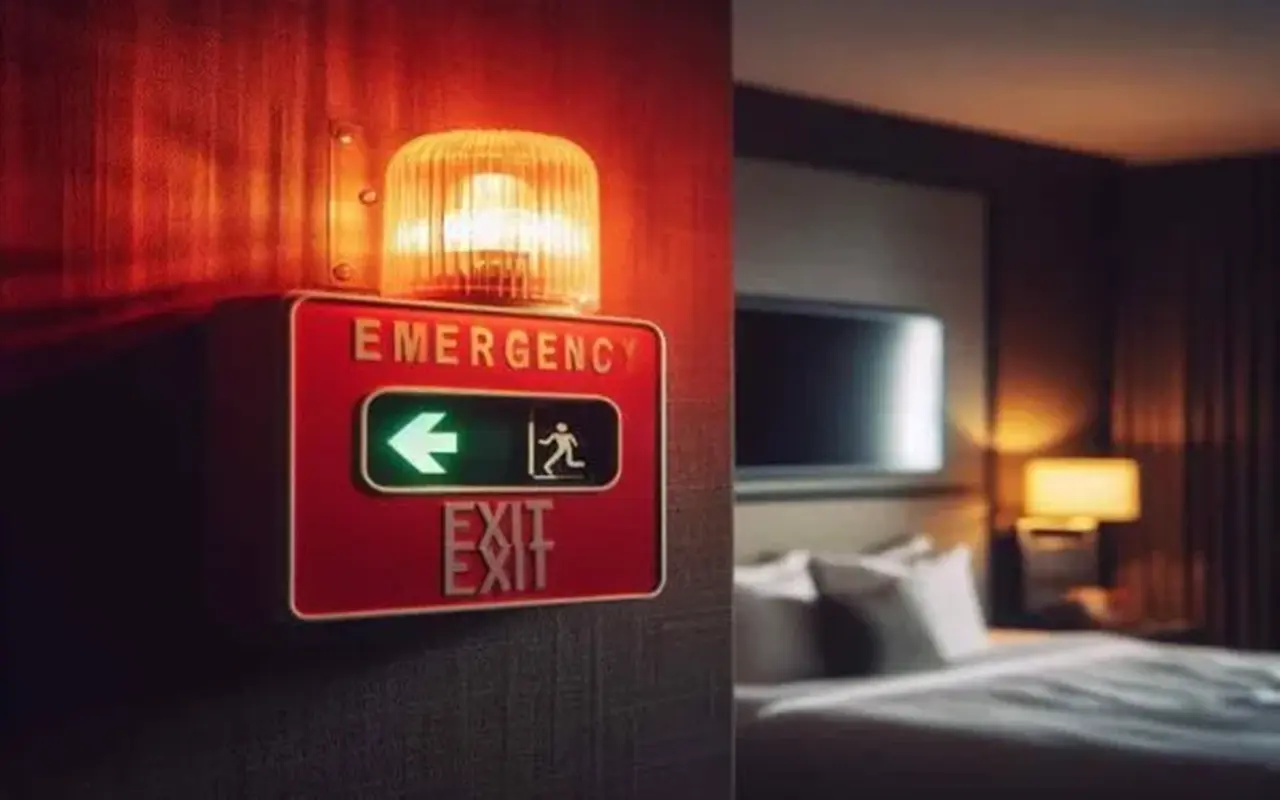
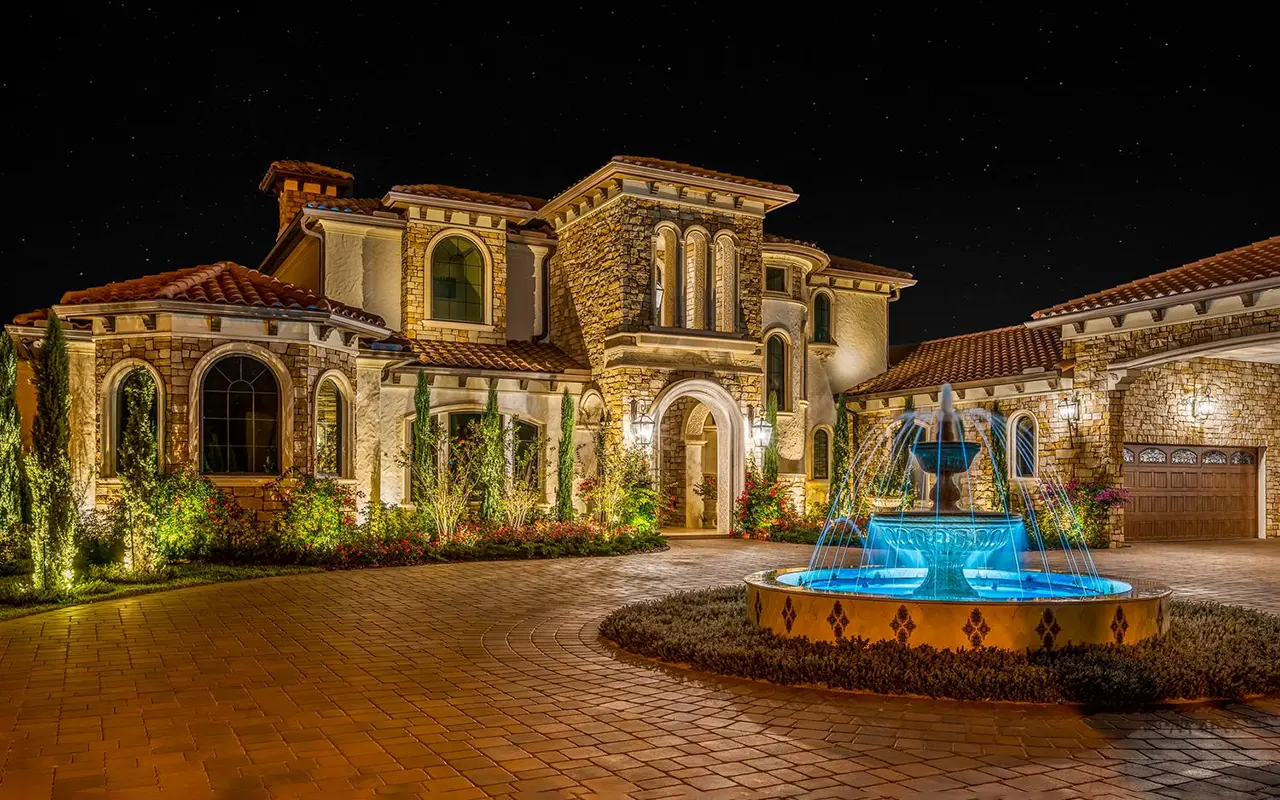
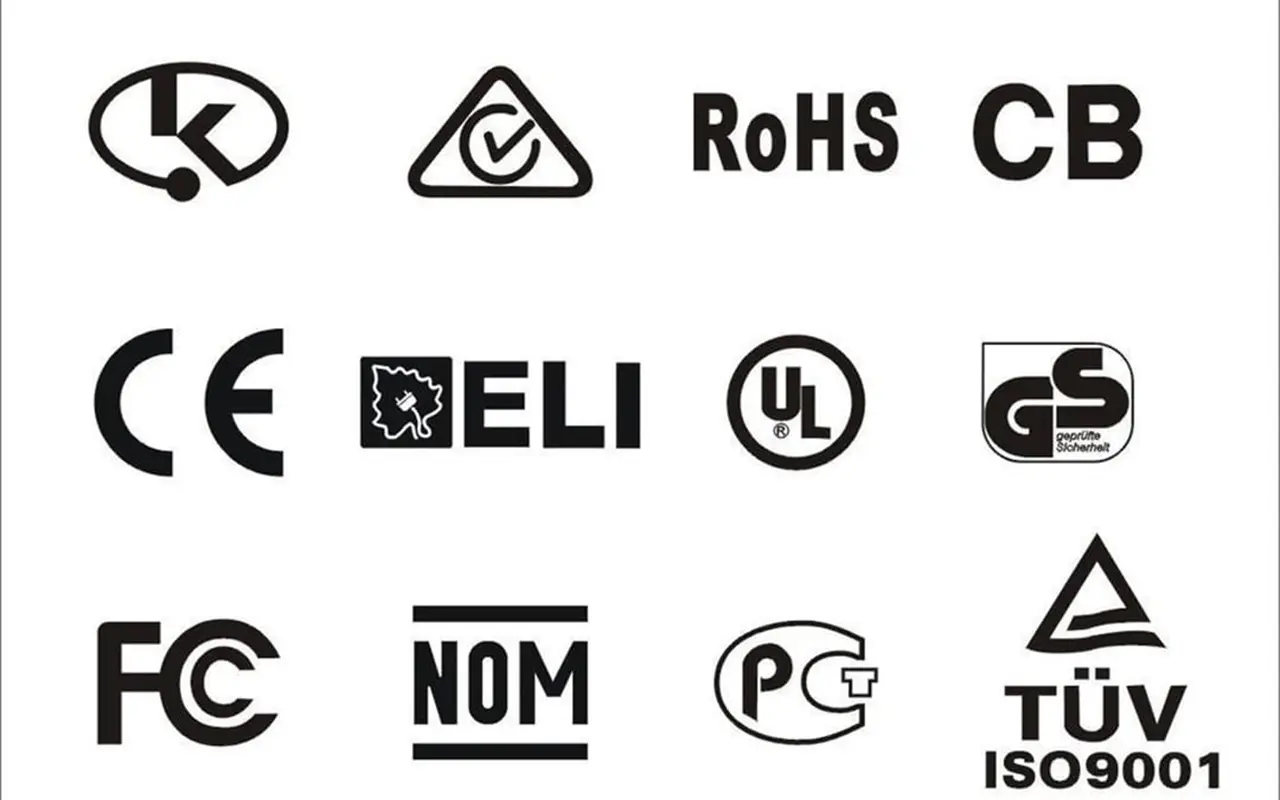
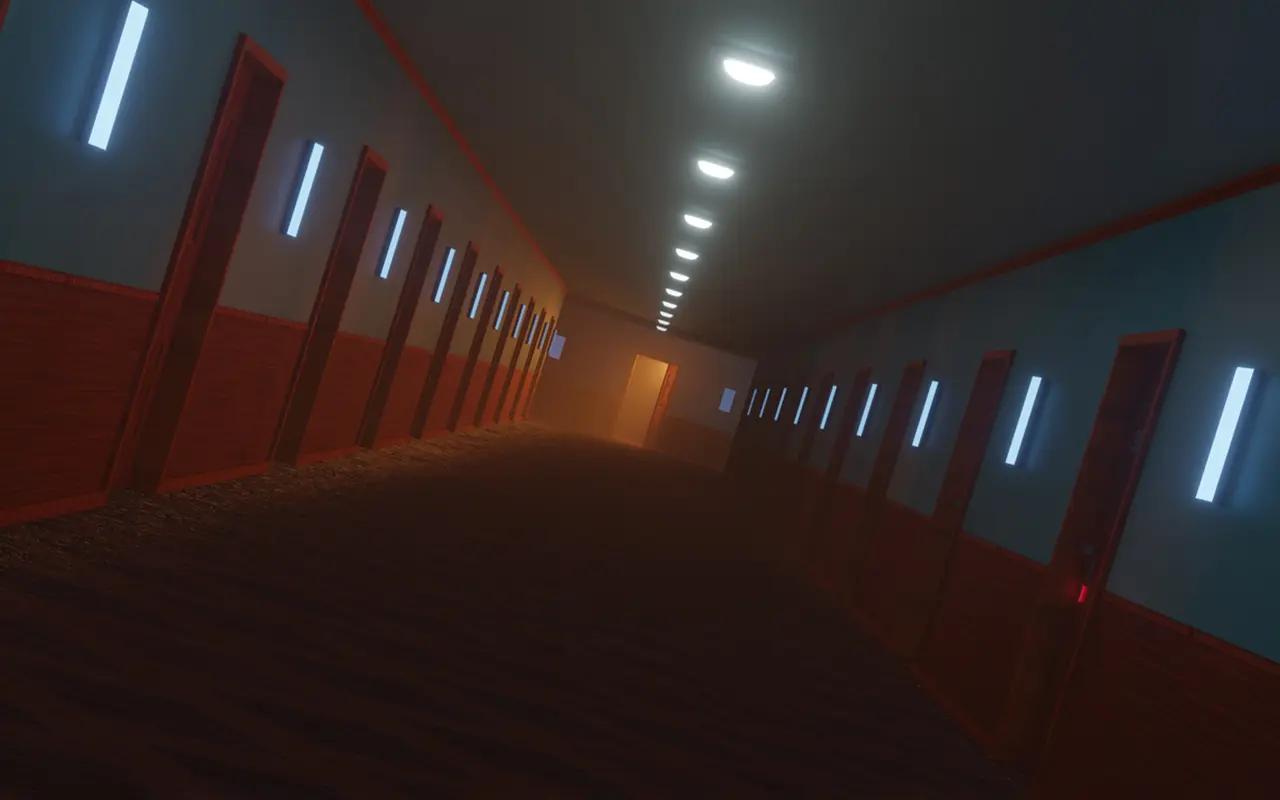

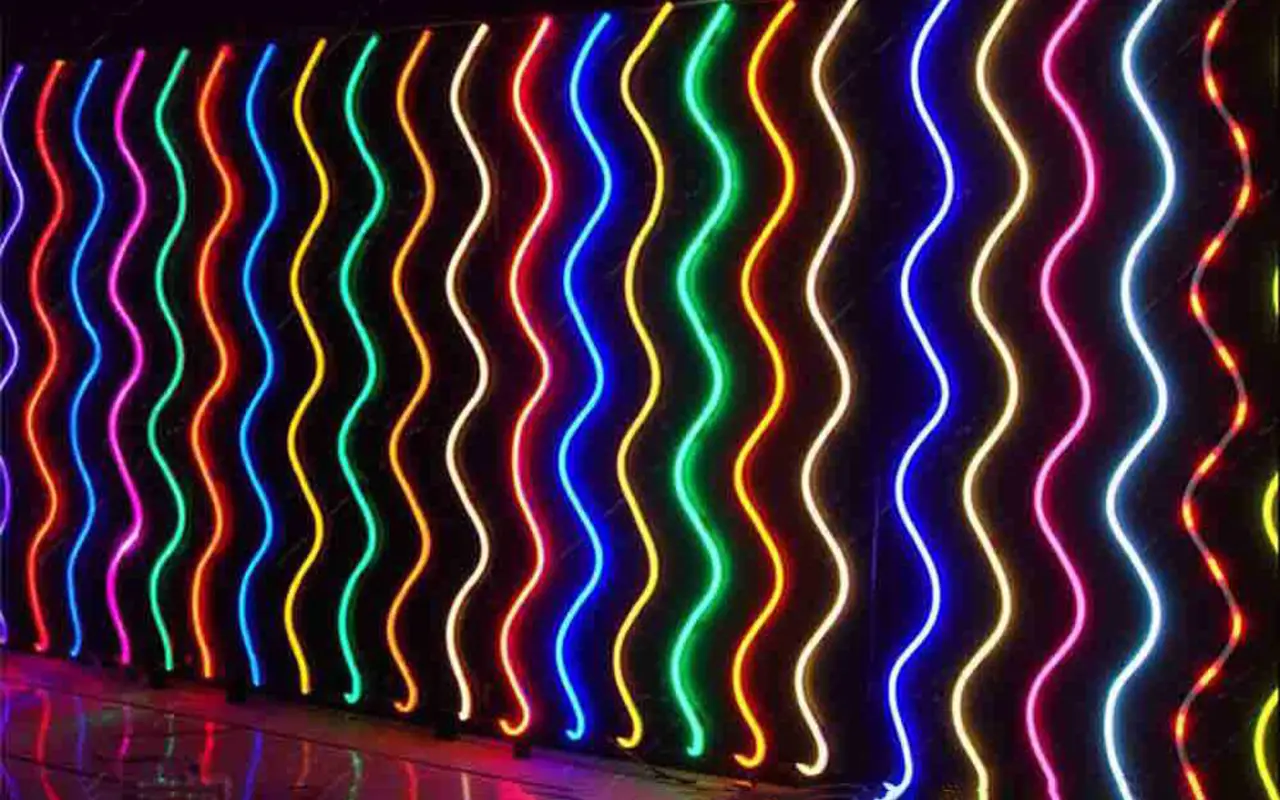

Hagyjon egy választ!
Szeretne csatlakozni a beszélgetéshez?Nyugodtan járulj hozzá az alábbiakban!